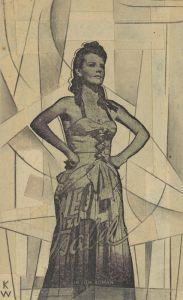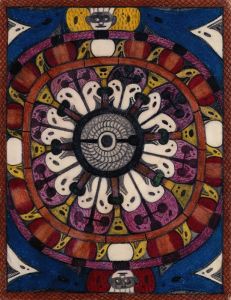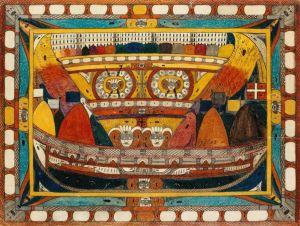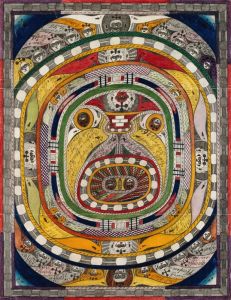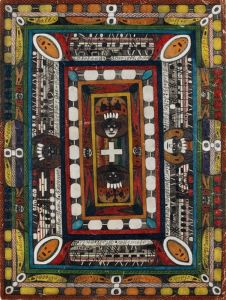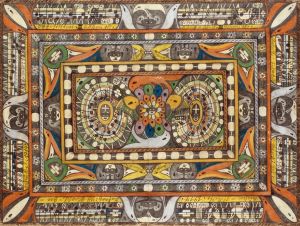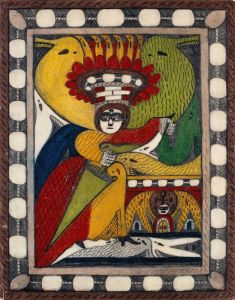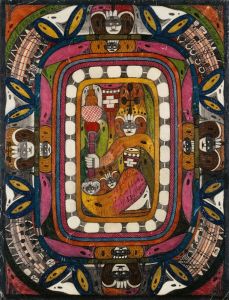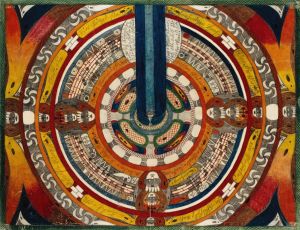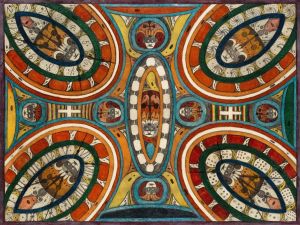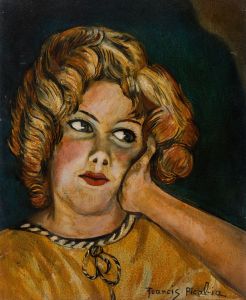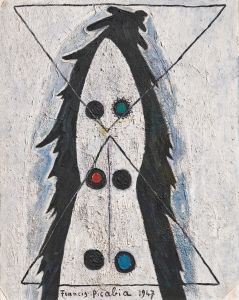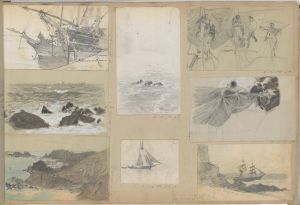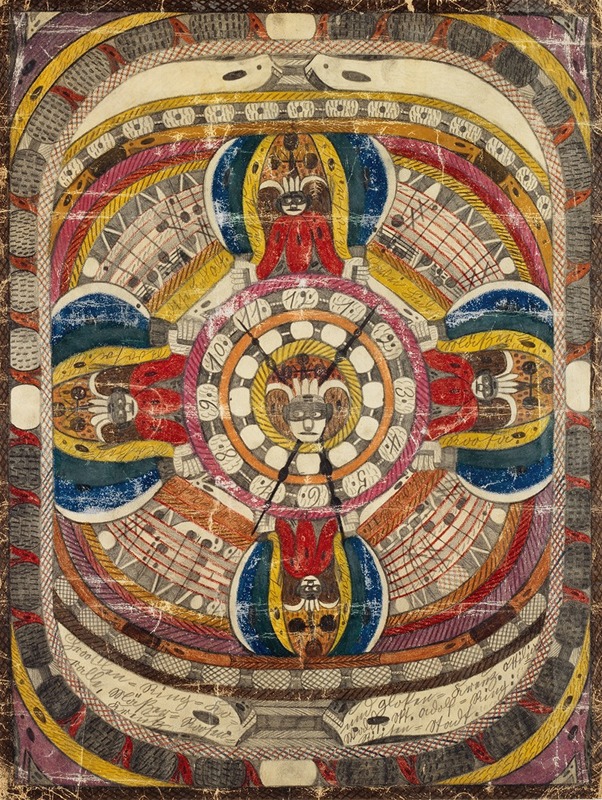
Chrooslen=Ring=Koralle, Mäßer=Roosen=Kreutz und Gloken=Kreuz. Ottilia=Wald=Skt. Adolf=Ring; Riisen=Stadt
A hand-painted replica of Adolf Wölfli’s masterpiece Chrooslen=Ring=Koralle, Mäßer=Roosen=Kreutz und Gloken=Kreuz. Ottilia=Wald=Skt. Adolf=Ring; Riisen=Stadt, meticulously crafted by professional artists to capture the true essence of the original. Each piece is created with museum-quality canvas and rare mineral pigments, carefully painted by experienced artists with delicate brushstrokes and rich, layered colors to perfectly recreate the texture of the original artwork. Unlike machine-printed reproductions, this hand-painted version brings the painting to life, infused with the artist’s emotions and skill in every stroke. Whether for personal collection or home decoration, it instantly elevates the artistic atmosphere of any space.
Adolf Wölfli (1864–1930) was a Swiss artist and writer who is widely regarded as one of the most significant figures in the field of outsider art. His works are characterized by intricate patterns, vibrant colors, and a unique combination of text and imagery. Wölfli created his art while institutionalized at the Waldau Psychiatric Clinic in Bern, Switzerland, where he spent the majority of his life after being diagnosed with schizophrenia.
The artwork titled Chrooslen=Ring=Koralle, Mäßer=Roosen=Kreutz und Gloken=Kreuz. Ottilia=Wald=Skt. Adolf=Ring; Riisen=Stadt is one of Wölfli's many creations that reflect his complex inner world and imaginative vision. Like much of his oeuvre, this piece combines visual and textual elements, forming part of his larger magnum opus, a semi-autobiographical and fantastical narrative that he referred to as the "St. Adolf-Giant-Creation." This body of work spans thousands of pages and includes drawings, musical compositions, and writings.
Wölfli's art often features dense, symmetrical compositions filled with geometric shapes, symbols, and recurring motifs such as crosses, rings, and architectural forms. These elements are frequently accompanied by text, numbers, and musical notations, which together create a multi-layered and immersive experience. The titles of his works, including this one, are often long and enigmatic, reflecting the complexity of his creative process and the rich, imaginary world he constructed.
The specific details and symbolism of Chrooslen=Ring=Koralle, Mäßer=Roosen=Kreutz und Gloken=Kreuz. Ottilia=Wald=Skt. Adolf=Ring; Riisen=Stadt are not widely documented, but it is consistent with Wölfli's broader artistic themes. His works often explore themes of spirituality, cosmology, and personal mythology, blending elements of his own life with fantastical narratives. The use of crosses and rings in the title and imagery may suggest spiritual or symbolic significance, as these motifs frequently appear in his art.
Wölfli's art was largely unrecognized during his lifetime, but it gained attention posthumously through the efforts of psychiatrist Walter Morgenthaler, who published a book about Wölfli in 1921 titled Ein Geisteskranker als Künstler (A Psychiatric Patient as Artist). This publication introduced Wölfli's work to a broader audience and helped establish his legacy as a pioneer of outsider art.
Today, Wölfli's works are celebrated for their originality and emotional depth. Many of his pieces, including Chrooslen=Ring=Koralle, Mäßer=Roosen=Kreutz und Gloken=Kreuz. Ottilia=Wald=Skt. Adolf=Ring; Riisen=Stadt, are housed in the Adolf Wölfli Foundation at the Museum of Fine Arts in Bern, Switzerland. His art continues to inspire and intrigue audiences, offering a window into the mind of a uniquely gifted and visionary artist.





